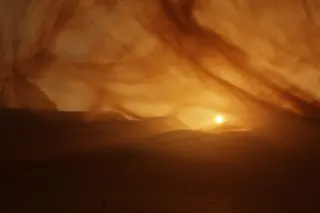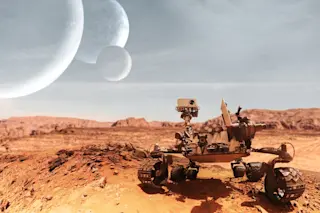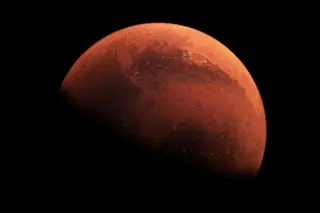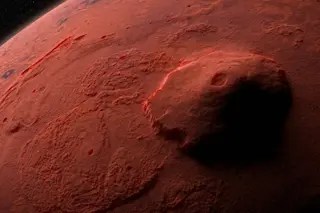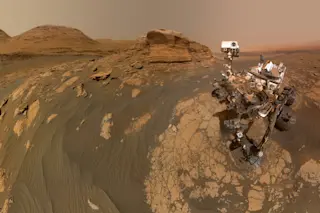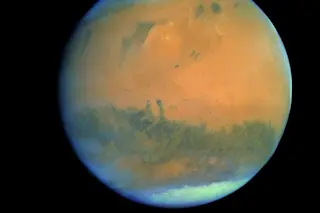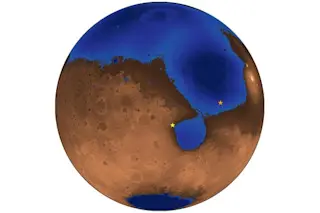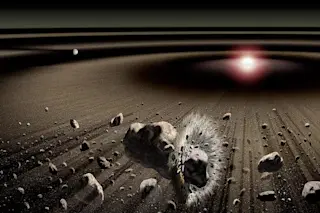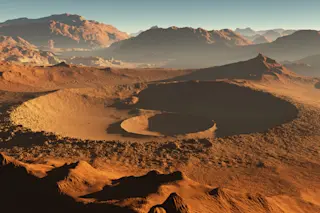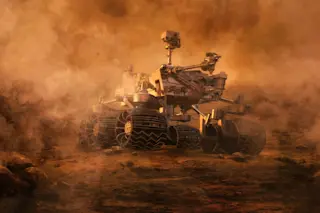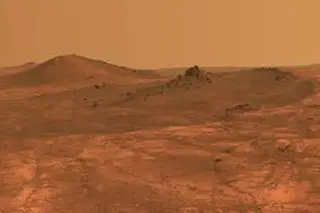I've already posted some beautiful closeups of Phobos, a moon of Mars, taken by the Mars Express space probe, after the European Space Agency aimed the spacecraft at the tiny moon. The closeups are beautiful, but now the ESA has posted a stunning full-body shot of Phobos:
[As usual, click the pix to embiggen.] The resolution is an amazing 9 meters (30 feet!) per pixel. Clearly, Phobos has been through a lot. Mars orbits near the inner edge of the asteroid belt, which may explain how battered its surface is. The grooves were once thought to be ripples from a big impact that created the whopping crater Stickney (not seen in this view, but you can see it really well here), but are now thought to be from boulders rolling around in the low gravity of the moon, perhaps ejected rocks from various impacts landing back down in the feeble ...



